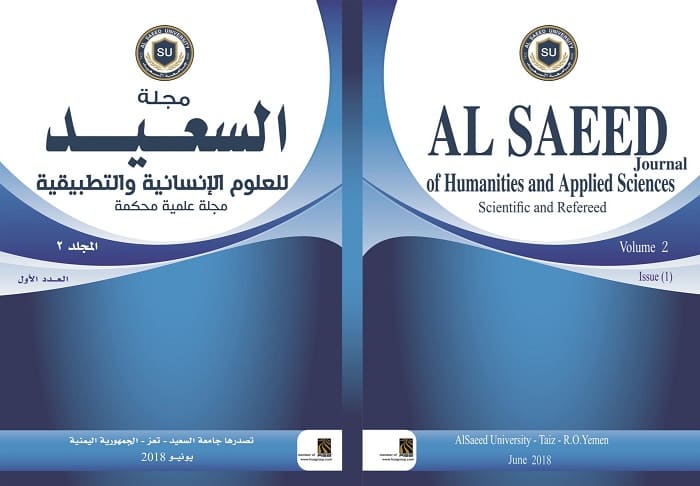A proposed vision for the mechanisms of applying the Six Sigma approach to improve the quality of administrative performance in higher education institutions in the Republic of Yemen
DOI:
https://doi.org/10.59325/sjhas.v2i1.42Keywords:
Six Sigma approach, administrative performance.Abstract
The purpose of this study is to visualize a proposal for Six Sigma application mechanisms to improve the quality of management performance in higher education institutions in the Republic of Yemen, through identifying the experts approval mechanisms proposed to apply the approach of (Six Sigma) in five stages: recognition, measurement, analysis, improvement and surveillance). To achieve this goal, a closed questionnaire was used as a tool to collect data and information needed to answer the study questions. The major findings of the study are: the recognition phase (defining the problem) got an average of (2.90) with a percentage of (96.66%); measurement phase got an average of (2.90) with a percentage of (96.66%), analysis phase got an average of (2.90) with a percentage of (96.66%); improvement phase got an average of (3) with a percentage of (100%); and surveillance phase got an average of (3) with a percentage of (100%). In light of these findings, an application of Six Sigma approach to improve the quality of management performance in higher education institutions in the Republic of Yemen was proposed with the following components:
The overall objective (1).
Detailed objectives (5).
( proposed platforms (4 .
(The proposed sources (3 .
(The proposed components (5.
(The proposed application mechanisms (33.
The proposal application requirements (16).
Obstacles to implementing the proposal (7)-
(Methods of confronting obstacles to implement the proposal (8)
Downloads
Published
How to Cite
Issue
Section
License
copyright is retained by the authors. Articles are licensed under an open access Creative Commons CC BY 4.0 license, meaning that anyone may download and read the paper for free. In addition, the article may be reused and quoted provided that the original published version is cited. These conditions allow for maximum use and exposure of the work.



